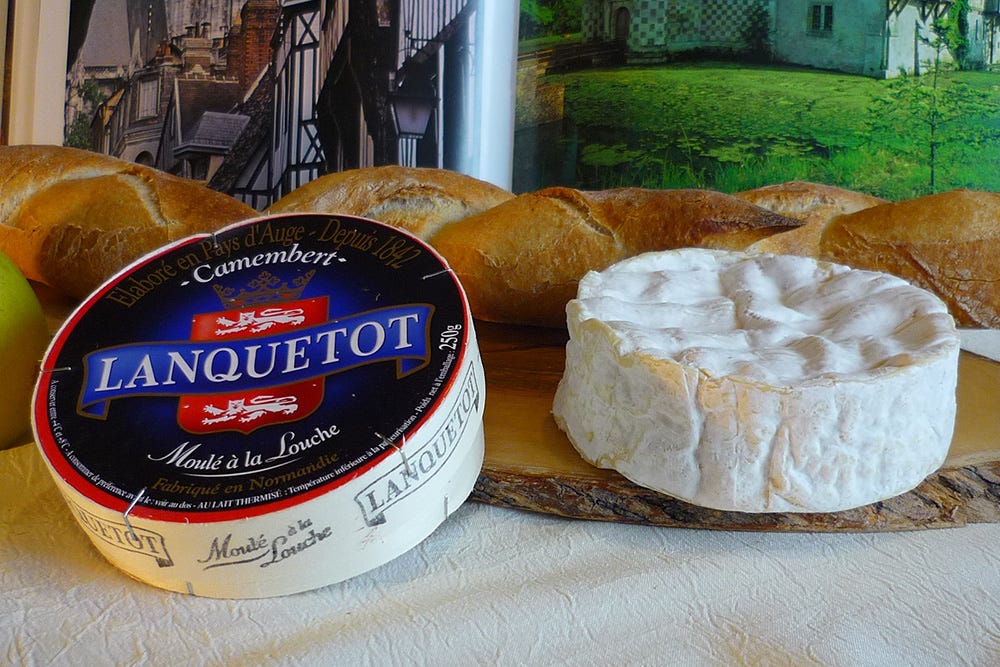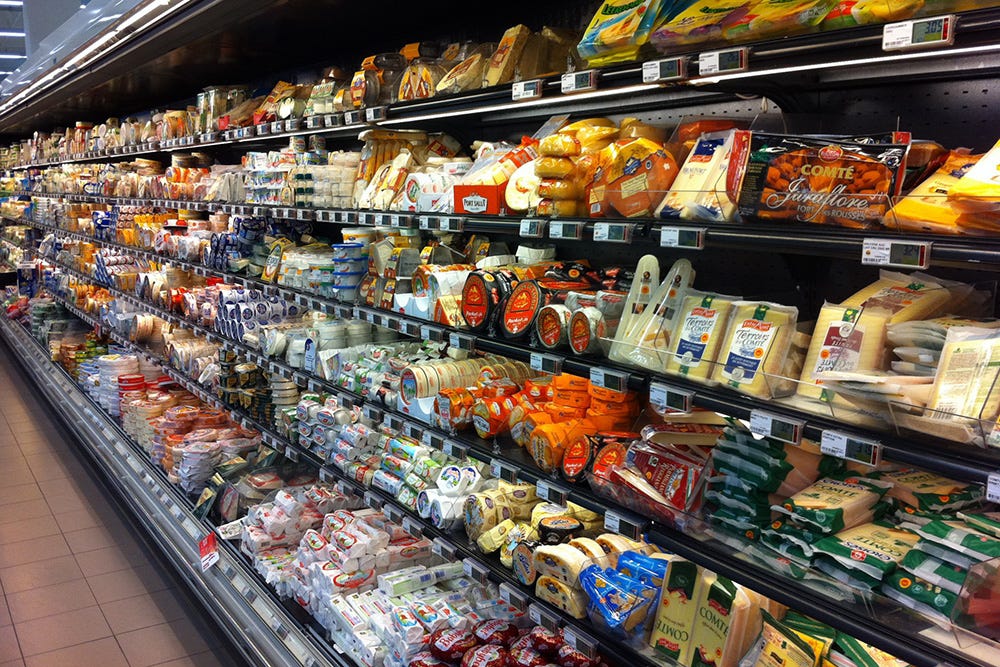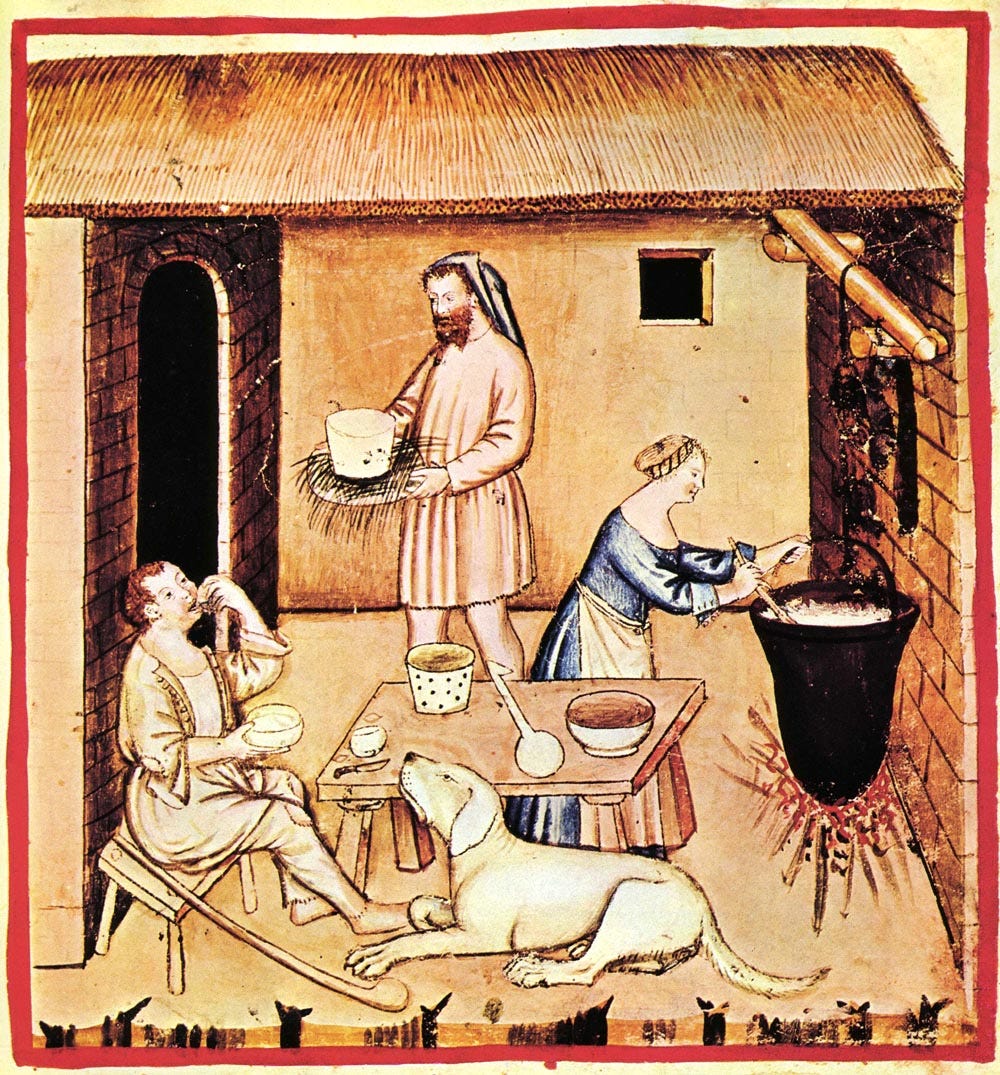10 French Cheeses You Need to Try on Your Next Trip to France
Forget Brie and Camembert—Here’s What You Should Really Be Tasting in France
If there’s one thing people associate with France, it’s cheese.
Honestly, I’ve lost count of how many times I’ve heard someone say, "Oh, you’re from France? The land of wine and cheese!"
And they’re right. Kind of.
The thing is, when first-time visitors come to France, they often stick to what they already know: Brie, Camembert, and Roquefort.
You can’t blame them—those are the cheeses that have made it big outside of France.
You’ll find them in supermarkets from London to Los Angeles, proudly sitting on shelves as "French specialities."
But here’s the truth: those three are just the tip of the iceberg.
France has literally hundreds of cheeses, each tied to a specific region, history, and way of life.
If you ask a French person about cheese, they won’t just list a few favourites.
No, they’ll get philosophical. They’ll tell you about the real Comté from a tiny village dairy, or how Munster smells like sweaty socks but is an absolute revelation when eaten with cumin seeds.
Cheese, in France, isn’t just food—it’s part of the culture, the landscape, the identity.
So, if you’re planning a trip to France and want to dive deeper into its cheeseboard (without getting completely overwhelmed), here’s a starting point.
Obviously, I can’t list every amazing cheese—there are too many, and I’d end up writing a book.
But if I had to narrow it down to ten, these would be my picks.
A Brief History of Cheese in France
Okay, before we jump into the cheese itself, let’s talk history.
Because cheese isn’t just something that magically appeared in France one day—it’s been part of the country’s story for centuries.
Actually, scratch that. Millennia.
We’re talking prehistoric times.
Archaeologists have found traces of cheese-making from as far back as 5,000 BC. That’s older than the pyramids. Older than Stonehenge.
People were already curdling milk and figuring out how to make it last long before anyone thought of writing things down.
Fast forward to the Middle Ages, and cheese was serious business.
Monks, in particular, played a huge role in refining cheese-making techniques.
Those peaceful-looking abbeys you see on postcards?
Many of them were cheese powerhouses.
The Benedictine monks of Munster, for example, developed their namesake cheese in the Vosges mountains.
Meanwhile, in the Franche-Comté region, farmers perfected the art of making giant wheels of Comté that could survive long winters.
Then came the Renaissance, and cheese started showing up on royal tables.
Kings and queens weren’t just eating any cheese—they had their favourites. Louis XIV, the Sun King himself, apparently had a thing for Brie.
And by the 18th century, cheese had firmly established itself as a staple of French cuisine, appearing in everything from rustic peasant meals to lavish aristocratic feasts.
Of course, the French Revolution shook things up. Aristocratic estates were abandoned, and cheese production spread even further.
By the 19th century, regional cheeses had become a point of pride, with local producers guarding their traditions fiercely.
This is where the whole "terroir" thing comes in—the idea that the land, climate, and traditional methods all contribute to the flavour of a cheese.
It’s why a Comté from one valley might taste slightly different from a Comté made 50 km away.
The expansion of the railway network in the second half of the 19th century also played a crucial role, allowing cheeses from remote regions to be transported to Paris and beyond, boosting their recognition and popularity, helping to cement France's reputation as a cheese powerhouse.
That’s why France has so many protected cheese names today, with the AOC (Appellation d’Origine Contrôlée) and AOP (Appellation d’Origine Protégée) labels ensuring that, say, a Roquefort must be aged in the caves of Roquefort-sur-Soulzon to earn the name.
So, to sum it up: cheese in France isn’t just about taste.
It’s about history, geography, and a whole lot of pride.
And now that we’ve set the stage, let’s talk about the cheeses themselves.
10 Cheeses to Try in France
So, where do we start? With over 1,200 varieties of cheese in France, picking just ten feels almost impossible.
But let’s say you’re visiting and want a solid introduction to regional specialties—cheeses that are iconic yet sometimes overlooked by international visitors.
These are the ones I’d urge you to try.
Keep reading with a 7-day free trial
Subscribe to French Moments Newsletter to keep reading this post and get 7 days of free access to the full post archives.








